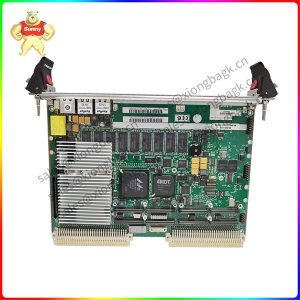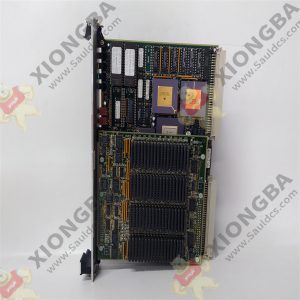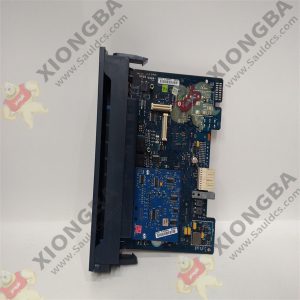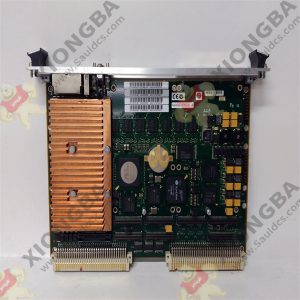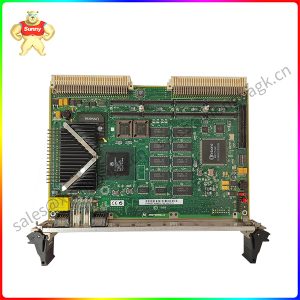Description
MVME162P-344SE Embedded Controller
Product description
- Double-High VME Module
- MC68LC040 or MC68040 Microprocessor
- 1MB, 4MB, or 8MB of Parity-Protected DRAM
- 512KB SRAM
The Motorola MVME162 is a double-high VME module equipped with an MC68LC040 or optional MC68040
microprocessor. (The MC68040 microprocessor has a floating-point coprocessor; the MC68LC040 does not.) The
MVME162 has 1MB, 4MB, or 8MB of parity-protected DRAM; 512KB SRAM (with battery backup); a TOD clock
(with battery backup); an optional LAN Ethernet transceiver interface with DMA, two serial ports (EIA-232-D and
EIA-232-D/EIA-530); six tick timers with watchdog timer(s); optional SCSI bus interface with DMA; VMEbus interface
(local bus to VMEbus/VMEbus to local bus, with A16/A24/A32, D8/D16/D32 bus widths and a VMEbus system controller).
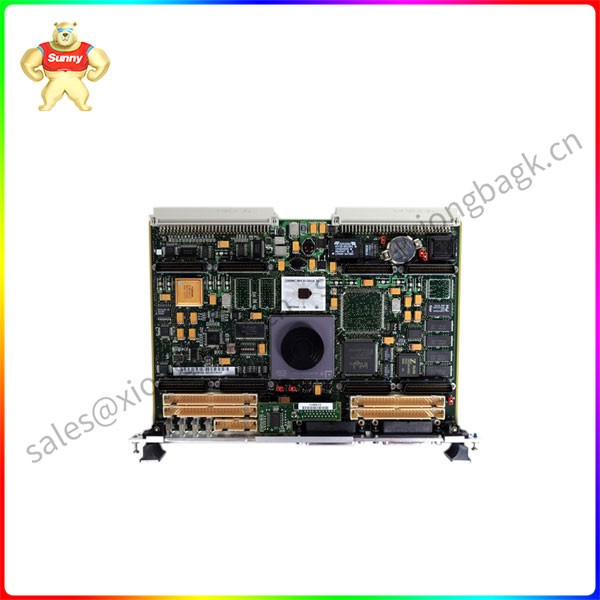
MVME162P-344S
Product parameter
The MVME162 is based on the MC68040 or MC68LC040 microprocessor. Various versions of the MVME162
have 1 MB, 4 MB, or 8 MB of parityprotected DRAM, 8 KB of SRAM (with battery backup), time of day clock (with
battery backup), Ethernet transceiver interface, two serial ports with EIA-232- D or EIA-530 interface, six tick timers,
watchdog timer, a PROM socket, 1 MB Flash memory (one or four Flash devices), four IndustryPack (IP) interfaces,
SCSI bus interface with DMA, VMEbus controller, and 512 KB of SRAM with battery backup. The I/O on the MVME162
is connected to the VMEbus P2 connector. The main board is connected through a P2 transition board and cables to
the transition boards. The MVME162 supports the transition boards MVME712-12, MVME712-13, MVME712M,
MVME712A, MVME712AM, and MVME712B (referred to in this manual as MVME712X, unless separately specified).
The MVME712X transition boards provide configuration headers and provide industry standard connectors for the
I/O devices. The I/O connection for the serial ports on the MVME162 is also provided by two DB-25 front panel I/O
connectors. The MVME712 series transition boards were designed to support the MVME167 boards, but can be
used on the MVME162 by following some special precautions. (Refer to the section on the Serial Communications
Interface, later in this chapter, for more information.) These transition boards provide configuration headers,
serial port drivers and industry standard connectors for the I/O devices.
Application field
1. Switching logic control: replace the traditional relay circuit to achieve logic control and sequence control, which can
be used for the control of a single device, and can also be used for multi-machine group control and automated assembly line.
Such as injection molding machines, printing presses, stapler machines, combined machine tools, grinding machines,
packaging production lines, electroplating lines, etc.
2. Industrial process control: In the industrial production process, there are some continuously changing quantities such as
temperature, pressure, flow, liquid level and speed (that is, analog quantities), PLC uses the corresponding A/D and D/A
conversion modules and a variety of control algorithms to deal with analog quantities and complete closed-loop control.
PID regulation is a kind of regulation method used in general closed-loop control system. Process control is widely used
in metallurgy, chemical industry, heat treatment, boiler control and so on.
3. Motion control: PLC can be used to control circular motion or linear motion. Generally use special motion control
modules, such as single-axis or multi-axis position control modules that can drive stepper motors or servo motors,
widely used in various machinery, machine tools, robots, elevators and other occasions.
4. Data processing: PLC has mathematical operations (including matrix operations, function operations, logical operations),
data transmission, data conversion, sorting, table lookup, bit operation and other functions, can complete data collection,
analysis and processing. Data processing is generally used in some large control systems in the paper, metallurgy, and food industries.
5. Communication and networking: PLC communication includes communication between PLC and communication
between PLC and other intelligent devices. With the development of factory automation network, PLC now has a
communication interface, communication is very convenient.
Please contact Sunny sales@xiongbagk.cn for the best price.
➱ sales manager: Sunny
➱ email mailto: sales@xiongbagk.cn
➱ Skype/WeChat: 18059884797
➱ phone/Whatsapp: + 86 18059884797
➱ QQ: 3095989363
➱ Website:www.sauldcs.com


 中文版
中文版

